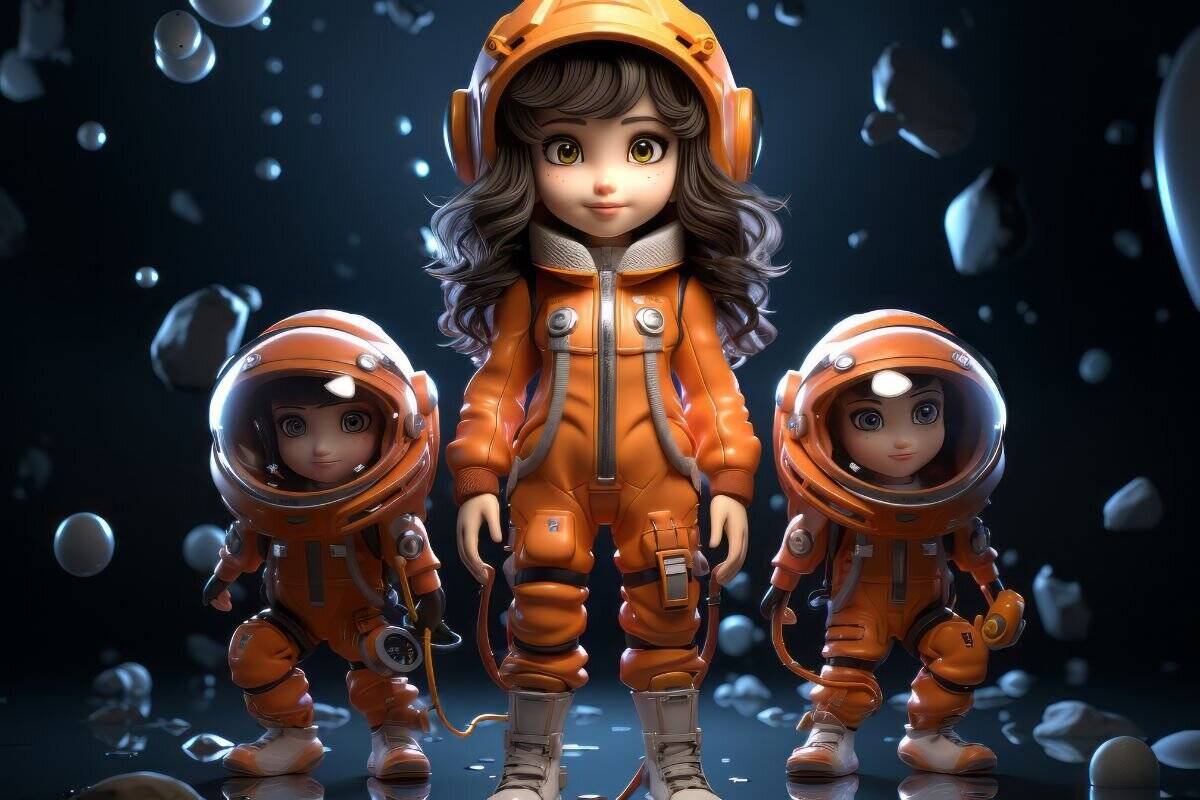Ever wished you could chat with Einstein, debate Shakespeare, or get life advice from a pirate?
Well, it’s DIGITALLY possible now.
Welcome to the world of Character AI. This artificial intelligence doesn’t just answer questions but talks, jokes, and even develops a personality based on how you interact with it.
You can use it to practice difficult conversations without judgment.
You can create tutors that teach you in your unique style.
You can even build a virtual writing partner that helps you break through creative blocks by roleplaying as your favorite author, something most people haven’t even considered possible.
You’re the operator here. You decide which personalities to create, how they respond, and what problems they help you solve.
In this blog, we’re diving deep into Character AI technology – how it works, what makes it different from ordinary chatbots, and how our tools are helpful for creators, students, and professionals alike.
Let’s dive in.
What Is Character AI?
Character AI is an advanced artificial intelligence.
It is designed to hold natural conversations, mimic emotions, and even develop unique personalities based on how you interact with it.
For example,
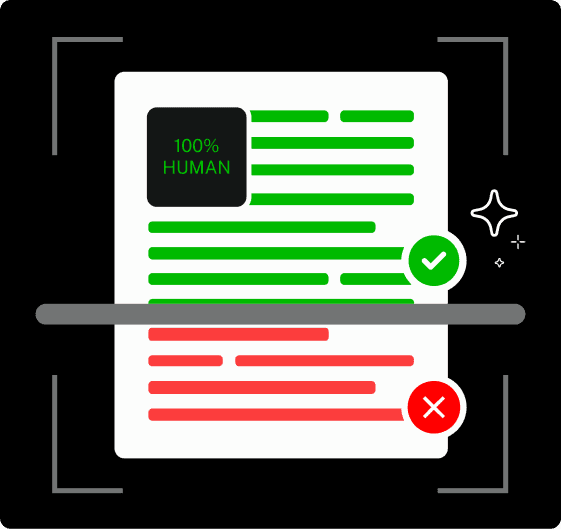
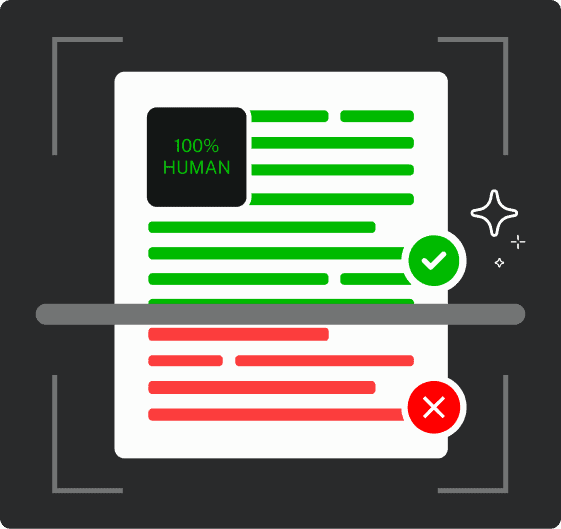
Never Worry About AI Detecting Your Texts Again. Undetectable AI Can Help You:
- Make your AI assisted writing appear human-like.
- Bypass all major AI detection tools with just one click.
- Use AI safely and confidently in school and work.
Character AI: AI Chatbot (in roleplay mode) can take the voice of historical figures, authors, or any custom persona given in a prompt.
You can ask it to respond as Einstein explaining gravity, Shakespeare commenting on modern movies, or even a pirate captain giving life advice.
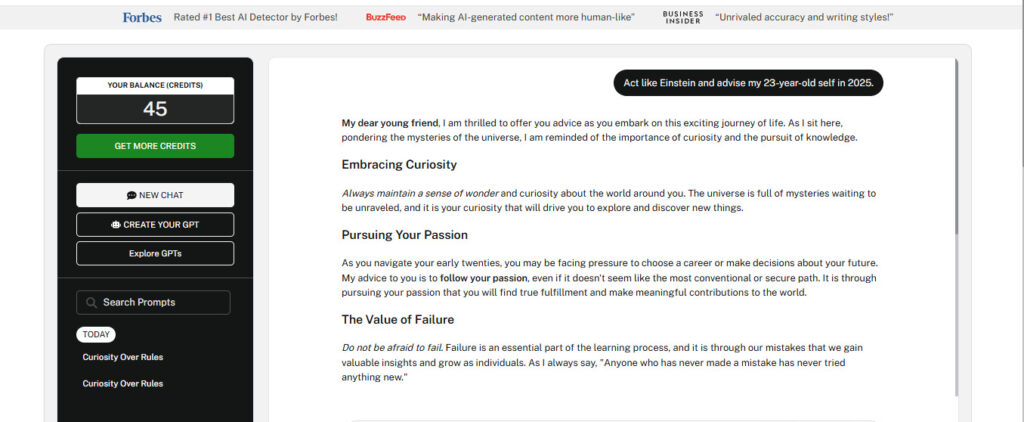
Other AI Tools: Other tools like —Google Assistant or Siri —are built to give straight-up answers. They help you check the weather, set alarms, or find a coffee shop.
The story of talking computers goes way back. In the 1960s, a chatbot called ELIZA made waves by holding simple text-based conversations.
It didn’t truly “understand” anything – it just rephrased user inputs. People still felt emotionally connected to it. For example,
Someone might type “I’m feeling sad today,”
And ELIZA would respond, “Why do you feel sad today?”
This rephrasing felt like ELIZA was listening.
Over time, models like AI Chatbot have been trained on massive amounts of text, learning to joke, argue, and express emotions.
They learned not just how to respond, but how to sound human.
How Character AI Works
Character AI works by using Large Language Models (LLMs).
LLMs are large AI systems trained to understand human-like text and then generate one.
Let’s break it down.
LLM is like a giant brain reading millions of books, articles, and conversations. It doesn’t think like a human, but it recognizes patterns in language.
For example, it understands how words fit together, what makes a sentence funny or serious, and how emotions are expressed.
Additionally, Character AI is built on top of these LLMs but with specific personality parameters.
That’s what makes it feel like you’re talking to an actual character rather than a smart search engine.
Here’s how it works:
- You send a message.
- Let’s say you type, → Tell me a joke!
- The AI processes the context.
- It looks at your past messages, your words, and the personality settings of the AI character.
- It generates a response.
- Instead of giving a random answer, it picks one that matches the character’s style.
- A pirate AI might say, “Why did the pirate sit on a clock? Because he wanted to be on time!”
- A formal butler AI might say, “Ah, an excellent request. Here is a joke that may amuse you: Why did the clock go to therapy? It had too many issues with timing.”
Character AI sticks to one personality, and that’s what makes it different from normal AI chatbots.
And if you have ever used an AI Chatbot, you’d notice how personalities feel consistent.
That’s because of character embedding – a way of encoding traits, knowledge, and conversational styles into AI.
It’s like a recipe:
- Tone (serious, funny, casual, formal)
- Knowledge (what the AI knows and how it explains things)
- Speaking style (short sentences? Long explanations? Lots of emojis? Shakespearean English?)
This “embedding” is what helps a Character AI switch from one personality to the next.
How AI Models Learn to Mimic Human Conversations
Even AI “knows” comes from training data. It takes huge sets of text from books, websites, scripts, and past conversations.
Here are the different ways AI learns to mimic human conversations:
Step # 1 – Learning From Humans (Supervised Learning)
At first, AI doesn’t know anything about conversations.
It learns by studying millions of real dialogues – texts, books, messages, and transcripts of actual human interactions.
But raw data isn’t enough. AI needs supervisors. It needs real humans who help it understand the difference between a good response and a bad one.
This is called supervised learning.
For example,
- If the AI is trained to be a kind, supportive friend, it learns that saying “I understand, that must be tough. I’m here for you.” is a better response than “I don’t care.”
- If it’s supposed to be a witty comedian, it learns to respond with humor rather than dry facts.
Step # 2 – Fine-Tuning Through Trial and Error (Reinforcement Learning)
Supervised learning gives AI the basics, but real conversations are unpredictable.
That’s where reinforcement learning with human feedback (RLHF) comes in.
The AI “tries” a response.
- If it’s good, → It gets rewarded (reinforced).
- If it’s bad, → It gets corrected.
Over time, the AI gets better at choosing the right tone, the right words, and even the right emotions to match the situation.
Step # 3 – Finding Patterns in Human Speech
Humans follow patterns.
AI studies these patterns in huge datasets of conversations, learning:
- How questions lead to specific answers
- How jokes are structured
- How emotions like excitement or sadness affect wording
By recognizing these patterns, AI can predict what words should come next in a sentence, just like when you start typing a text, and your phone suggests the next word.
Step # 4 – Giving AI Characters Their Personality
Once AI knows how to talk, it needs to sound like a specific character.
This is done through fine-tuning, where developers tweak the AI to fit a personality. For example,
- A helpful teacher AI might be trained to explain things step by step in a calm, clear way.
- A sarcastic AI might be trained to throw in jokes, playful insults, or witty remarks.
- A fantasy knight AI might be trained to speak in medieval language (“Verily, thou hast my sword!”)
Step # 5 – Remembering Conversations (Context & Memory)
The final piece of the puzzle is context. Good AI remembers previous messages, so it can:
- Keep track of topics (If you said you love cats, it won’t ask if you prefer dogs.)
- Build emotional connection (If you shared something personal, it won’t treat you like a stranger in the next message.)
- Avoid repeating itself
Some AI models even have long-term memory, so they can recall past conversations across different sessions.
Natural Language Processing (NLP) & AI Dialogue
AI understands our language by actually breaking it down, finding meaning, and figuring out how words connect.
This is all because of Natural Language Processing (NLP).
Here’s how NLP works:
1 – Breaking Language Into Pieces (Tokenization)
Imagine you’re trying to solve a puzzle. You don’t start with the whole picture – you break it into small pieces first.
That’s what tokenization does.
- AI takes a sentence like → I love chocolate ice cream!
- And splits it into smaller parts → [“I”, “love”,” chocolate”,” ice”, ”cream”, “!”]
Now, instead of seeing a long sentence, AI sees separate words it can analyze.
2 – Figuring Out What Words Mean (Semantic Analysis)
Breaking words apart isn’t enough – AI also needs to understand their meaning.
For example, look at these two sentences:
- I feel blue today.
- The sky is blue today.
Humans know that “blue” means sad in the first sentence but refers to color in the second.
AI figures this out using “semantic analysis,” which helps it understand how words change meaning based on context.
3 – Making Sense of Whole Conversations (Contextual Understanding)
Let’s say you tell an → I’m feeling cold.
- If AI only understood individual words, it might just reply → Cold means low temperature. (Not helpful, right?)
- But modern AI looks at context and responds more naturally. → Do you want me to turn up the heat?
This is what makes AI feel human-like. It doesn’t just read words, it understands what you really mean – even the humor, slang, and hidden meanings.
For example,
- Old AI → I’m hungry → Error: “Command Note Recognized.”
- Advanced AI: I could eat a horse right now. → “Wow, you must be really hungry! What are you craving?”
How AI Characters Adapt to Different User Inputs
AI characters adjust, adapt, and even fine-tune their responses based on who you are and what you say.
Let’s break it down on how they do this.
1 – Keeping the Personality Consistent
AI characters are designed with specific personality parameters.
This means they stick to a certain way of speaking, reacting, and even showing emotion – no matter what you say to them. It’s like chatting with a detective AI.
If one minute it’s all serious and mysterious, and the next it’s cracking jokes like a comedian, that would feel…off, right?
For example,
- You: Tell me a joke!
- Detective AI: I don’t do jokes. But I do have a riddle: The more you take, the more you leave behind. What am I?
Even when responding to unexpected inputs, it still stays in character.
2 – Personalizing the Experience
Beyond personality, AI also adapts to the way you communicate. Some people prefer quick, straight-to-the-point answers, while others want detailed explanations.
If you always ask for short responses, the AI picks up on that and starts keeping things brief.
If you tend to ask follow-up questions, it learns to offer more depth. For example,
You: Explain photosynthesis in two sentences.
AI: Plants turn sunlight into food using chlorophyll. This process helps them grow and release oxygen.
You: Explain photosynthesis in detail.
AI: Plants absorb sunlight through chlorophyll, a pigment in their leaves. This energy helps convert water and carbon dioxide into glucose, which fuels plant growth. Oxygen is released as a byproduct, which benefits all living things.
The AI reads the room and adapts to your preferences.
3 – Remembering the Conversation
But adaptation is also about memory in addition to the tone. For example,
You: I love sci-fi movies!
AI: Nice! Do you have a favorite?
You: Yeah, Interstellar.
AI: Great choice! Christopher Nolan’s storytelling is mind-blowing.
Now, let’s say you bring up movies again later in the conversation:
You: Any movie recommendations?
AI: Since you like Interstellar, you might enjoy The Martian or Arrival. Both have great sci-fi storytelling!
Instead of acting like it’s meeting you for the first time, it remembers past details and makes the conversation feel real.
4 – Learning & Getting Better Over Time
AI isn’t perfect, but it learns from interactions. This happens through feedback loops. When people interact with an AI character, they might:
- Like a response
- Dislike a response
- Ask follow-up questions
These signals help AI improve. If an AI keeps giving boring or irrelevant answers, developers tweak its learning process to make it more engaging and accurate.
For example,
You: Tell me about Greek mythology.
AI: Greek mythology is a set of stories about gods and heroes.
You: It’s too vague!
AI: Got it! Do you want to hear about Zeus, Athena, or the Trojan War?
The AI adjusts based on feedback, making future conversations smoother and smarter.
Popular Uses of Character AI
Character AI enables interactive roleplaying, virtual companionship, educational simulations with historical figures, creative writing assistance, branded customer service, and therapeutic conversation partners—all through AI personas that maintain consistent personalities.
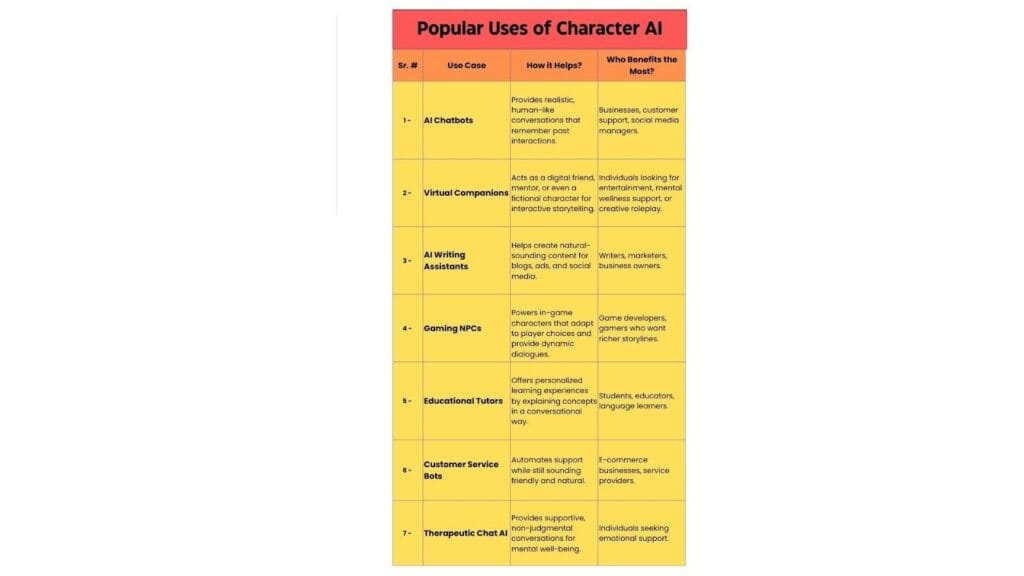
How AI-Powered Tools Use Character AI Technology
Hundreds of new AI tools hit the market every day, and nearly 20% of them use Character AI Technology. But what does that actually mean for you?
Let’s break it down.
1 – AI Chatbot
AI Chatbot remembers what you said before and keeps track of the conversation flow.
If you’re chatting with a detective AI persona, for example, it won’t just give you generic crime-solving tips.
It’ll recall past clues, build on the story, and answer in a way that feels true to the character.
Over time, it even picks up on nuances in your style, making the interaction feel less like talking to a machine and more like chatting with someone.
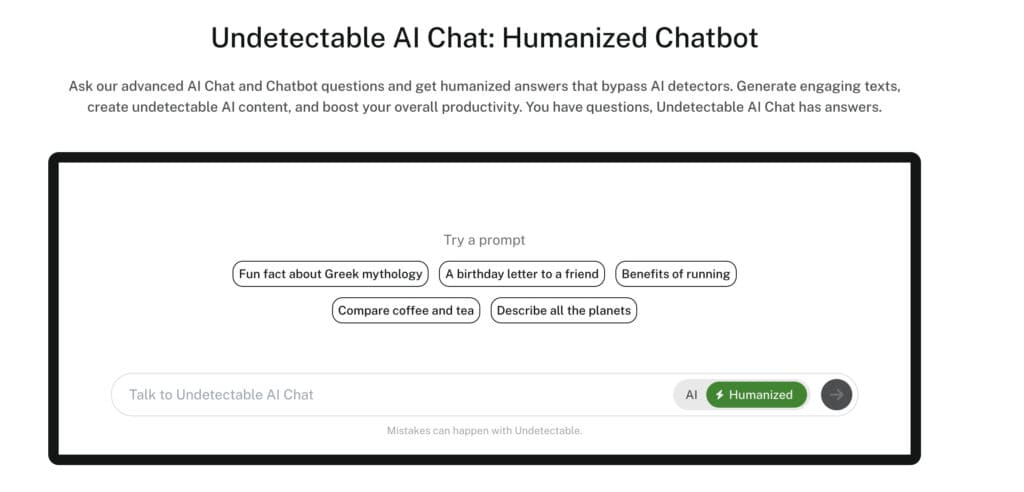
2 – AI SEO Writer
Nobody wants to read SEO articles that feel like a robot wrote them.
AI SEO Writer changes that. Instead of just stuffing keywords into bland sentences, it understands the topic, the audience, and even the right tone.
Whether it’s writing product descriptions, blog posts, or ad copy, it makes SEO content engaging, structured, and actually worth reading.

3 – AI Stealth Writer
You know how AI-generated text often feels just a little too polished?
Like it’s trying really hard to sound human – but in a way that’s kind of… off?
The AI Stealth Writer fixes that. It mirrors how we naturally talk – adding in pauses, variations in phrasing, and subtle emotions.
In the end, writing feels very real. Like something you’d actually say, rather than something an algorithm pieced together.
At the end of the day, Character AI isn’t about tricking people into thinking they’re talking to a human.
It’s about making AI feel natural.
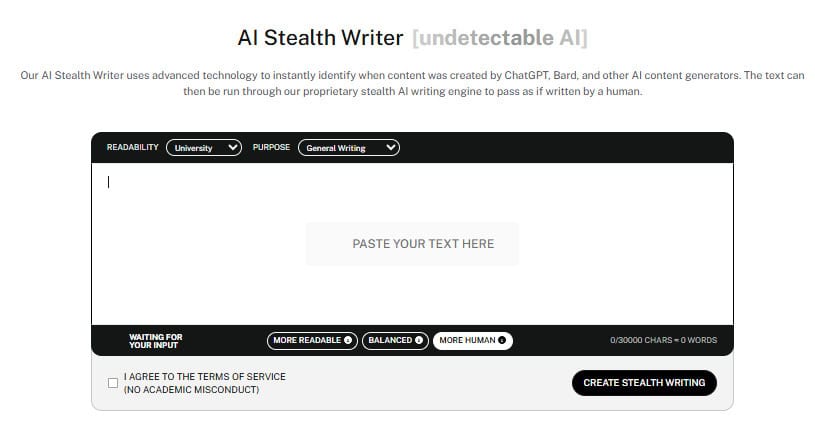
Feel free to check out our AI Detector and Humanizer in the widget below!
FAQs About Character AI
What Is Character AI Used For?
Character AI helps you talk to computer characters that feel real.
For example, people use it to chat with virtual friends when they’re lonely, practice languages with AI tutors, or role-play conversations with historical figures for school projects.
Is Character AI Free to Use?
Yes, you can try free versions. For example, you can try out AI Chatbot, AI Stealth Writer, and AI Essay Writer without paying a cent.
The free versions give you 250 credits to see how they work. When you’re ready for more, affordable monthly plans remove the limits and unlock premium features.
Is Character AI Safe to Use?
Character AI tools are built with safety as a priority.
We’ve created AI Chatbot with strong content filters that block inappropriate requests while still keeping conversations natural.
AI Stealth Writer produces original content that passes plagiarism checks while maintaining a human touch.
AI Essay Writer helps with structure and ideas but encourages learning rather than cheating.
Conclusion
It’s a wrap-up. Maybe the real question isn’t about how advanced Character AI will get, but how we’ll change because of it.
We’re standing at a time where AI isn’t just answering our questions, it’s communicating with us more than humans, sensing our emotions, maybe even challenging the way we define connection itself.
If we start forming bonds with algorithms, what does that say about us?
Maybe it’s nothing. Maybe it’s everything.
Either way, one thing’s clear: the line between human and AI is getting blurrier by the day.
And whether that excites you or unsettles you… well, that probably says more about you than it does about AI.
